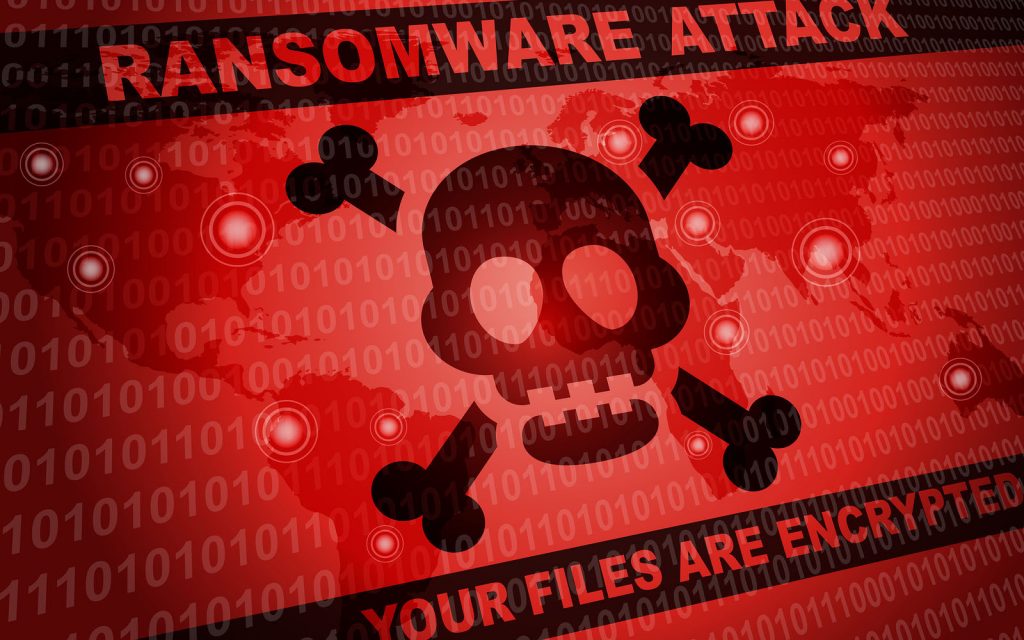You take big risks when you don’t take steps to prevent ransomware attacks — and the risks are increasing. I just read that from Q2 to Q3 2019, the average ransomware payment rose by 13 percent to a whopping $41,198. And the damages don’t end there. Ransomware attacks cause, on average, a 12.1-day disruption to business.
Ask yourself this question: Could your business stand nearly two weeks of downtime and a $40K bill? No matter how successful your business is, no one wants that. A better option than trying to deal with the outfall of a ransomware attack is to prevent it from happening in the first place.
Here are four ways you can prevent ransomware attacks and become one of a growing number of victims:
- Train your employees
Your employees are your first line of defense when it comes to keeping your point of sale (POS) and business systems safe. With POS and payment technology security getting stronger and PCI guidelines requiring hardware and software to meet security standards, many hackers see employees as the weak link in the chain. They target them with phishing emails — which look legitimate but may contain a link or an attachment that will upload ransomware into your system if an employee clicks. Hackers may also infect websites with malware that downloads when a user visits them.
Train your employees about the threat of ransomware, what it could mean to your business (and their jobs), and the role they need to play to prevent it.
- Keep your point of sale system separate and locked down from everything else
Part of employee training is reminding your staff that the POS system, including back-office computers, is for business use only. Your team shouldn’t be using computers linked to the POS system to browse the internet or click links in social media. If someone clicks the wrong link, your system could be infected.
Also, remember that devices that connect through Wi-Fi may also put your system at risk. Do not allow any devices, including your own smartphone or tablet, to connect to the same Wi-Fi network as the POS system. It’s best for employees to keep their laptops and tablets at home.
If you want to offer Wi-Fi to customers and your employees, create a guest Wi-Fi network that’s separate from your business network.
- Update security
Talk to your solutions provider about having a risk assessment and an evaluation of your current security solutions. Ensure your antivirus or antimalware software includes ransomware protection. You may also want to consider an email security solution that can detect and block threats.
- Use BDR
A backup and disaster recovery (BDR) solution gives you the peace of mind that if ransomware is deployed on your system, you have alternatives. You can remove ransomware and repair your system, recover your data up to the last backup, and get back to business without paying the ransom.
Also, if you store your data in the cloud, it may be possible to access your application and data from a different machine to minimize downtime.
Ransomware has become a fact of life, but shutting down, paying ransom, and losing business don’t have to be.
Contact us to learn more about how to keep your doors open and your business safe from ransomware.

